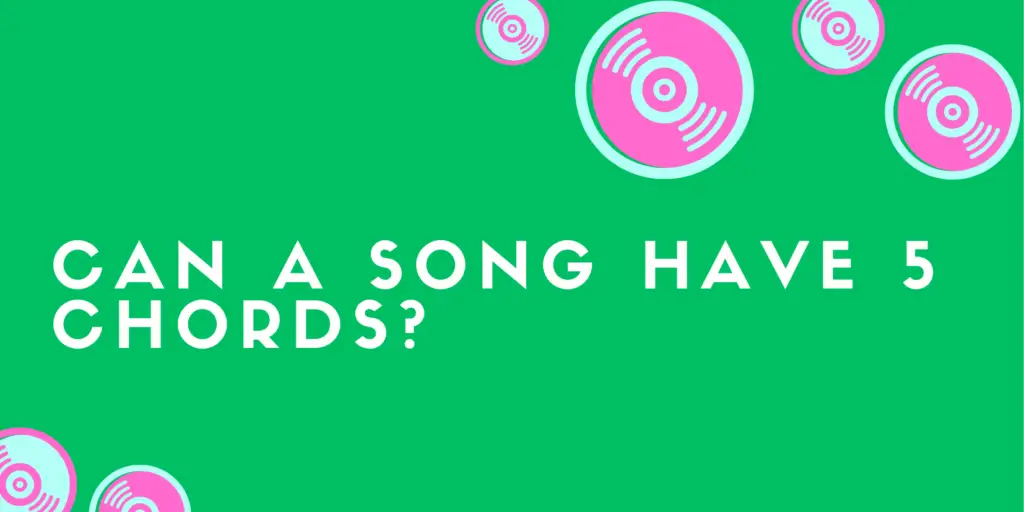Music is a boundless realm of creativity, and when it comes to songwriting, there are no rigid rules. Songs can be composed with varying degrees of complexity, including the number of chords used. While many songs are based on simple three-chord progressions, it’s entirely possible for a song to have five or more chords. In this article, we’ll explore the versatility of songwriting and discuss the feasibility and benefits of incorporating five or more chords into a song.
The Typical Three-Chord Song
Traditionally, many popular songs are structured around a basic three-chord progression. This simplicity is often used in genres like folk, rock, and pop and serves as a foundation for countless iconic songs. The most common three chords used are typically the I, IV, and V chords within a key, creating a harmonically pleasing and straightforward structure.
Expanding the Chord Palette
However, music is an art form that thrives on innovation and expression. Composers and songwriters often seek ways to infuse their music with unique character and emotional depth. This is where the use of five or more chords can be both beneficial and necessary.
1. Expressive Complexity
Adding more chords to a song can create harmonic complexity and nuance. This can be particularly advantageous when a songwriter wants to convey a complex emotion or tell a detailed story through their music. Each chord change can add a layer of depth to the song’s narrative.
2. Genre Variation
Different musical genres lend themselves to varying chord progressions. For example, jazz, classical, and progressive rock often incorporate extended chord sequences, including diminished, augmented, and modal chords. These genres thrive on intricate harmony.
3. Musical Journey
A song with multiple chords can take the listener on a unique musical journey. Changing chords frequently can create tension and resolution, enhancing the song’s dynamics and keeping the audience engaged.
Examples of Songs with 5 or More Chords
- The Beatles – “Michelle”: This classic Beatles song incorporates a diverse set of chords, including major, minor, and augmented chords, creating a rich harmonic texture.
- Queen – “Bohemian Rhapsody”: Known for its complexity, this iconic song features numerous chord changes, showcasing Freddie Mercury’s compositional prowess.
- Johann Sebastian Bach – “Prelude in C Major”: Classical music often employs intricate chord progressions, and Bach’s compositions, like this prelude, exemplify this complexity.
Conclusion
In the world of music, the number of chords a song can have is limitless. While many songs are built on three-chord structures, the use of five or more chords can elevate a composition’s depth and complexity. The decision to incorporate additional chords should align with the songwriter’s creative vision, the emotional message they wish to convey, and the stylistic demands of the genre. Ultimately, a song’s success is not determined by the number of chords it contains but by its ability to resonate with the listener and evoke emotions. So, whether it’s three, five, or fifteen chords, the magic of music lies in its capacity to captivate and inspire.


